Who’s Next by The Who
Buy Who’s Next Perhaps THE most complete rock album in history, Who’s Next has just about everything a classic rock fan can want in an album. It has plenty of three-chord power riffs, […]
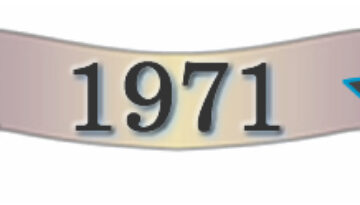
Buy Who’s Next Perhaps THE most complete rock album in history, Who’s Next has just about everything a classic rock fan can want in an album. It has plenty of three-chord power riffs, […]
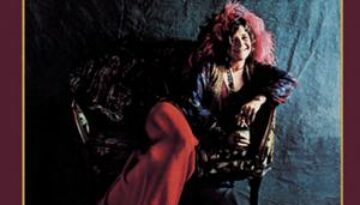
Buy Pearl Pearl was the final, posthumous album in the brief but explosive career of Janis Joplin. She died before the album’s completion on October 4, 1970, at just 27, done in by […]
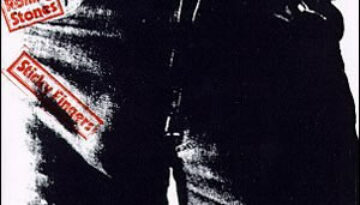
Buy Sticky Fingers Sticky Fingers is the third of the trilogy of Rolling Stones albums that, in our opinion, comprise the heart of the band’s prime. The first two were Beggars Banquet in […]
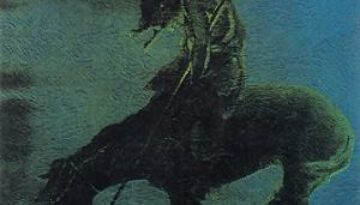
Buy Surf’s Up 1971 was an exceptionally great year for rock n roll, and we at Classic Rock Review regret that we can not give a proper review to all the great works […]
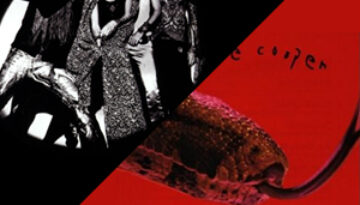
Buy Love It to Death Buy Killer Due to his legendary live shows, Alice Cooper tended to get swallowed up by the stage persona that would come to define his career. But the […]
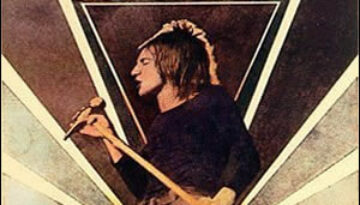
Buy Every Picture Tells a Story With his solo album, Every Picture Tells a Story, Faces lead singer Rod Stewart produced a unique and entertaining album, albeit strange in many ways. The album […]
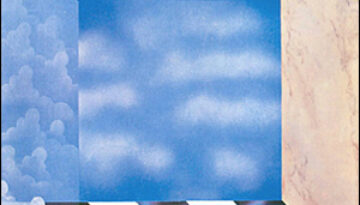
Buy Low Spark of High-Heeled Boys Traffic reached a level of distinction with the second album of the second incarnation of the band (their fifth album overall). The Low Spark of High-Heeled Boys […]
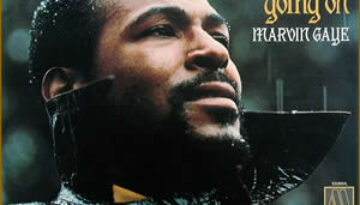
Buy What’s Going On When something is completely original, breakthrough, and/or innovative it grabs our attention. Classic Rock Review’s mission is to spotlight what are, in our opinion, the most essential albums in […]
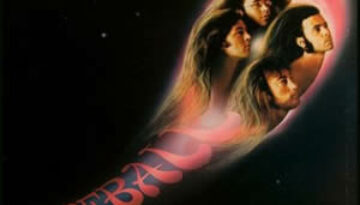
Buy Fireball I started this review planning to explain how this album set up Deep Purple for its, presumptively superior masterpiece, 1972’s Machine Head. But the more I’ve listened to Fireball in preparation […]